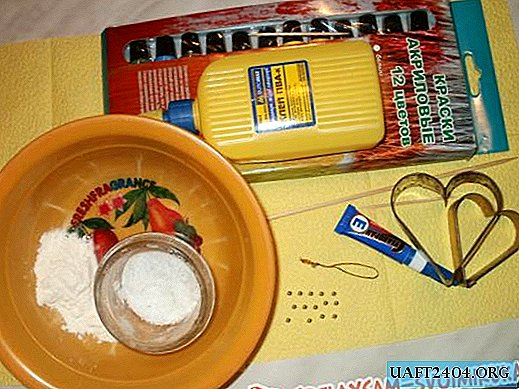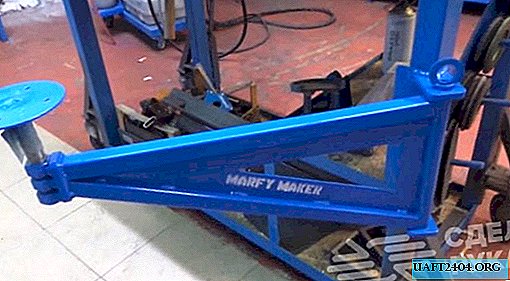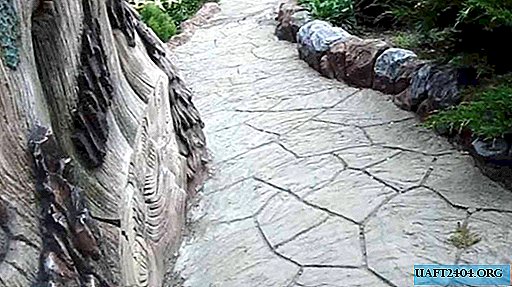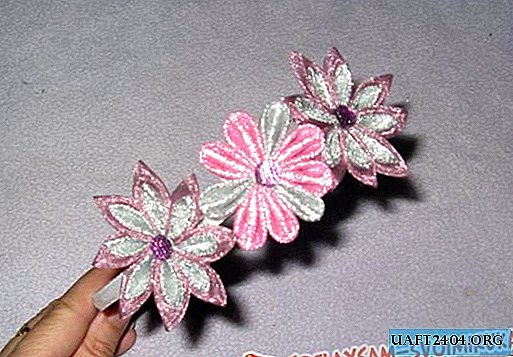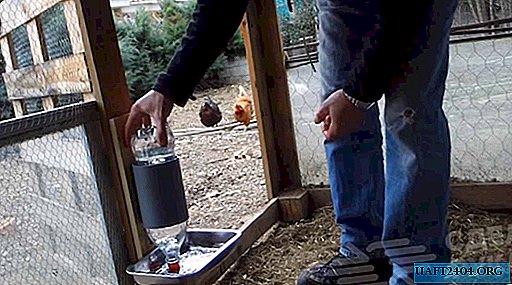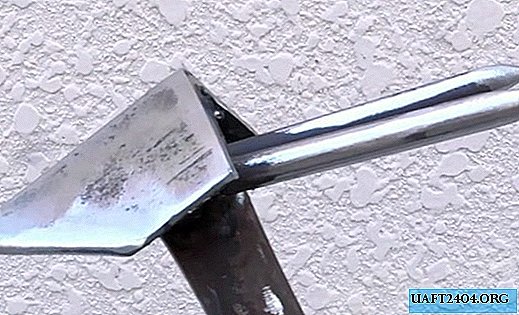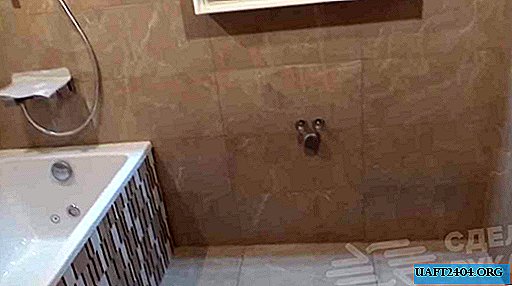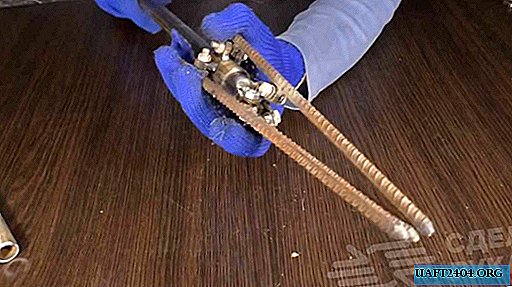Share
Pin
Tweet
Send
Share
Send
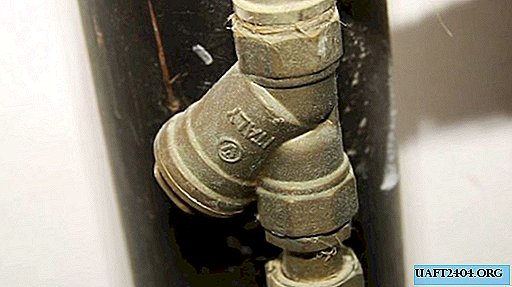
Often, most people are afraid to unscrew the oblique strainer nut. The fact is that such a filter is usually located immediately after the crane on a riser, and this place is very responsible. Since the mistake made can lead to a flood not only of oneself, but also of neighbors from below. Plus, the supply to the filter can be made of plastic pipes, which will fluctuate greatly with an incorrectly applied force.
In order not to break anything, not to unscrew the filter itself or the riser valve, you need to correctly and correctly approach the unscrewing of this hook.
Unscrew the strainer nut
We block the riser. We open the taps of the mixers to release the remaining pressure and drain the water. We will prepare the container, because after unscrewing the water will need to be collected somewhere. It will not be superfluous to stock up with rags, anyway, not everything can be collected in a container.
We pass directly to untwisting. This must be done with two keys. It is advisable to adjustable, since they will fit very tightly to the surface and exclude unnecessary beating and stirring of pipes.

Better yet, use a gas key to secure the filter housing. It will help to better keep the filter from turning and swinging.

We rest against the keys and move away from ourselves with an evenly distributed force between the keys. You should not be afraid, if you firmly hold the case, then bad will not happen.
The filter nut was loosened.

Next, pull out the grid and rinse. Rinse should be under running water, with slight pressure. You can use an unnecessary toothbrush.

After cleaning the mesh, we collect: install the mesh in the nut-cover and insert it into the filter. But before that, it is recommended to check the condition of the fluoroplastic gasket on the cover. If it is already quite squeezed, it needs to be replaced with the same one or for sealing use sanitary flax, fum tape, pipe winding.

After assembly, we apply the pressure by smoothly turning the riser valve. We wipe everything dry.
And in the end we go through the joints with a paper towel to make sure that there is no leak anywhere.

As you can see, there is nothing secret or secret in this method, just the transfer of human experience.
I would be grateful if you share your decisions in the comments, although I strongly doubt that there is a simpler or better way.
Share
Pin
Tweet
Send
Share
Send

